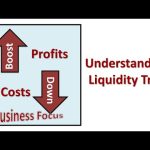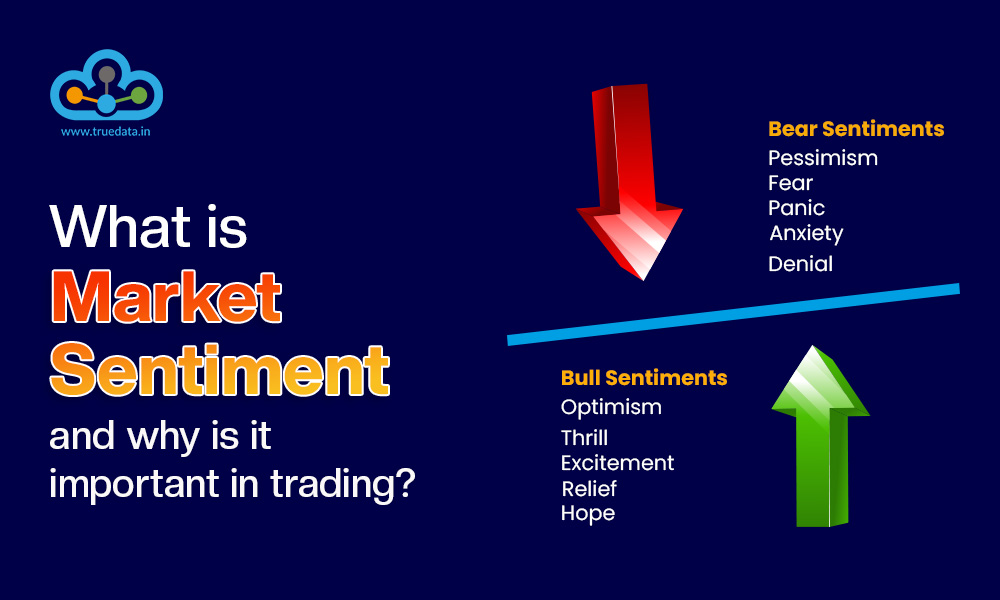
By ATGL
Updated February 24, 2025
The nuances of the yield curve can often reveal vital insights about economic trends. Understanding what a flat yield curve signifies is essential for investors and economists alike, as it reflects shifting perceptions of risk and return in the bond market.
A flat yield curve occurs when short-term and long-term interest rates converge, indicating a unique economic environment. This phenomenon is critical because it can signal changes in economic growth expectations and interest rate policies that ultimately affect investment decisions and market behavior.
In this article, we will explore the meaning of a flat yield curve, its characteristics, causes, and implications for the economy. We will also discuss how it can signal potential recessions, its usefulness for investors, and its interplay with concepts like bond yield, bond yield vs interest rate, yield to call, and yield to worst. Understanding these dynamics will empower you to navigate market complexities with confidence.
What Does a Flat Yield Curve Mean?
A flat yield curve is an unusual financial phenomenon. It occurs when there’s a slight difference between the yield of short-term and long-term bonds of similar credit quality. This condition creates minimal incentive for investors to choose long-term over short-term bonds. A flat yield curve suggests that returns on both investments are equal, indicating underlying market uncertainty.
Flat Yield Curve Meaning
The meaning of a flat yield curve extends beyond simple numbers. It signals market expectations that interest rates won’t change much in the future. This scenario often arises when economic growth is uncertain, creating hesitation to invest in long-term securities. Economic conditions and monetary policy play roles here. When there’s little difference in short-term and long-term rates, it’s often because short-term volatility is greater than long-term volatility.
A flat yield curve may also imply a shift from a normal yield curve to an inverted one. Unlike a flat yield curve, an inverted yield curve often predicts upcoming recessions. In a flat yield curve scenario, the yields on bonds with the same credit quality are similar, regardless of their maturity. This situation can deter long-term investments owing to uncertainty about future economic growth.
Characteristics of a Flat Yield Curve
Several key characteristics define a flat yield curve. First, it appears as a straight line on a graph. Whether due to rising short-term yields or declining long-term yields, or both, the result is often the same. Investors tend to receive equivalent returns on both short- and long-term investments.
A flat yield curve also highlights steady interest rates. This occurs when market participants expect stable future rates. However, when short-term yields rise and long-term yields fall, the curve reflects more than mere steadiness. Instead, it indicates larger forces at play.
For example, take a practical case: If the bond yield of a 2-year Treasury is 1.5% and a 10-year bond also yields about 1.5%, the market sees these as equally rewarding, signaling a lack of confidence in future economic growth.
Moreover, a flat yield curve can indicate that short-term fluctuations in yield to worst and yield to call may outweigh long-term changes. Consequently, long-term investment decisions become less attractive. The curve’s appearance often signifies potential future economic weakness, discouraging investors from committing to longer-term positions.
Causes of a Flat Yield Curve
A flat yield curve occurs when short-term and long-term bond yields are similar. This scenario often suggests economic uncertainty and impacts investor choices. Here are the main causes of a flat yield curve:
- Monetary Policy: Central banks, like the Federal Reserve, may increase short-term interest rates to cool down a booming economy. This can flatten the yield curve as bond yield vs interest rate dynamics change.
- Economic Uncertainty: When future economic growth is unclear, investors hesitate to distinguish between short-term and long-term investment yields. This results in a flattening of the yield curve.
- Low Interest Rates: In environments where interest rates are generally low, the yield curve naturally flattens, as bond yields for longer durations don’t significantly differ.
- Market Transitions: Historically, flat yield curves can be observed during transitions to inverted or steep yield curves, indicating shifting market sentiment.
Overall, a flat yield curve suggests mixed expectations about future economic conditions. It reflects investor hesitance and reduced incentives for long-term commitments. Here’s a simplified table to illustrate:
| Yield Curve Type | Description |
|---|---|
| Normal | Long-term yields > Short-term yields |
| Flat | Long-term yields ≈ Short-term yields |
| Inverted | Long-term yields < Short-term yields |
Implications for the Economy
A flat yield curve signals uncertainty in the economy. It suggests that lenders are hesitant to issue loans due to anticipated economic instability. During a flat yield curve, investors earn nearly identical returns from both short-term and long-term investments. This parity indicates skepticism about future economic growth.
Economists often view a flat yield curve as a warning sign of a potential recession. It can lead to less borrowing and spending, which slows economic activity. When the Federal Reserve manipulates interest rates, it can flatten the yield curve by raising short-term rates. This move can lower investor confidence, decrease liquidity, and reduce the money supply, worsening economic downturns.
Additionally, investors may shy away from long-term bonds. The reason is they aren’t receiving higher returns for taking on more risk. A flat yield curve can also be a transition between a normal and an inverted yield curve. In summary, a flat yield curve reflects a worrying outlook for economic growth, affecting everything from market behavior to monetary policy.
Uses of a Flat Yield Curve
A flat yield curve indicates that investors are uncertain about the economy’s growth. This leads many to reconsider their investment strategies. When the yield curve is flat, the yields of short-term and long-term bonds are similar, and this is often a sign that the market expects steady interest rates. Investors may employ tactics like the Barbell strategy, balancing short-term and long-term bonds in their portfolios. This approach is useful when the bond yield indicates potential changes in market conditions.
Economists and investors keep a close eye on the curve’s shape. A flat yield curve often appears between a normal and an inverted yield curve. It can signal transitions that might lead to economic recessions. In such cases, bond investors may look at “yield to call” or “yield to worst” to evaluate potential returns.
Despite these assessments, speculating on interest rates or the economy’s future based on the curve can be risky. A flat yield curve can imply that lenders are less willing to issue long-term loans, affecting economic activity and growth. Understanding bond yield vs interest rate dynamics helps investors make informed choices.
Potential Signals of Recession
A flat yield curve can be a red flag for potential economic downturns. It suggests that investors are wary of future growth prospects, prompting caution in the bond market. Here are some reasons why a flat yield curve could signal a potential recession:
- Market Uncertainty: A flat curve indicates uncertainty about future economic conditions. Investors and institutions may lose confidence, signaling possible economic slowdown.
- Precursor to Inversion: Historically, a flat yield curve often precedes an inverted yield curve, a more robust indicator of a looming recession.
- Reduced Investment Activity: With little difference in returns between short-term and long-term bonds, investors may hesitate to commit. This reluctance can slow economic activity.
- Loan Aversion: During uncertain times, institutions may be less willing to lend, fearing worsening conditions.
These signals suggest caution, as a flat yield curve might be a warning of challenging times ahead. Understanding bond yield dynamics can help shape informed financial decisions, especially during volatile economic phases.
Succeeding in the Stock Market
Succeeding in the stock market often depends on understanding economic indicators like the yield curve. A normal or steepening yield curve suggests favorable conditions, encouraging investors to pursue more aggressive investments. These may include stocks with higher growth potential, such as small-cap growth or emerging markets stocks. Such investments are often sought to stay ahead of inflation.
A flattening or inverted yield curve, seen as a declining yield spread, signals caution to investors, as it may indicate rising market risks or slower economic growth. This is a crucial insight for tailoring investment strategies.
Key Points for Stock Market Success:
- Monitor the yield curve to gauge economic conditions.
- Consider aggressive investments during a normal or steep yield curve.
- Small-cap growth or emerging markets stocks may offer inflation protection.
- Be cautious and reassess strategies during a flatter or inverted yield curve.
By watching these indicators, investors can make informed decisions, optimizing their portfolios in response to changing economic signals. The performance expectations for stocks and bonds are often influenced by the yield curve, helping investors adjust their strategies accordingly. Join Above the Green Line and learn more.






